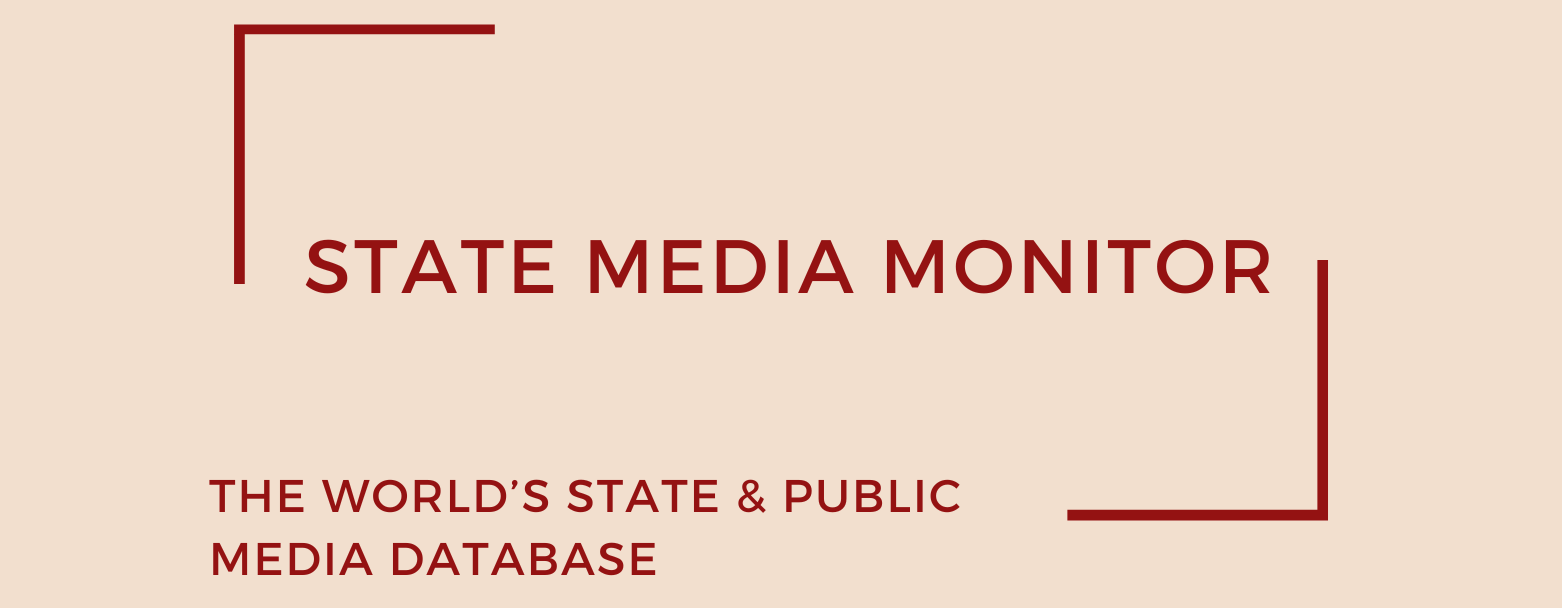State and Public Media in Asia in 2023
2023
The state and public media landscape in Asia has remained largely unchanged over the past year. Despite the region’s diversity and vastness, there are several factors that contribute to the unchanging nature of the media landscape in the continent. On one hand, authoritarian states continue to exert their control over the media, while on the other hand, a few public service media outlets in democratic countries have managed to preserve their identity and independence.
In Asia, the government’s influence over state and public media remains significantly high, according to our research. Out of the 125 state and public media institutions surveyed, only 8% maintain editorial independence, marking a slight decline from the previous year. The remaining majority of media outlets are subject to significant government control, with three-quarters falling under the state-controlled category in our analysis.
Asia is home to some of the most tightly controlled media systems on the planet, with governments in countries like China, North Korea, Laos, and Vietnam exerting significant control over all media outlets. These systems represent an unprecedented level of centralization. A recent development in this trend can be seen in Cambodia, where the Bayon High Media System, along with the Royal Group (owner of CBS) and the Hang Meas TV Group (a Cambodian media conglomerate), have come together to form the Cambodian Television Alliance. This alliance aims to operate the largest digital television platform in the country. Notably, the government is also involved in this partnership through the Ministry of Economy and Finance, while Hun Mana, the prime minister’s daughter, serves as the board chair of the alliance.
The Chinese government’s significant influence on media narratives continues to raise concerns among various western governments. State-owned Chinese media outlets consistently produce content aimed at foreign audiences, which has sparked criticism for spreading Chinese propaganda within these countries.
China has also ramped up its efforts to expand its influence over foreign media outlets, aiming to connect with Chinese communities abroad and shape local narratives. This aggressive propaganda expansion has led to a further decline in media freedom in Hong Kong where the government has solidified its control over the public broadcaster and effectively pushed independent media outlets out of the market.
According to experts, the influence of the Chinese government in foreign media is believed to extend beyond what has been identified by the State Media Monitor, similar to the situation with Russia.
In Asia, just like in other regions of the world, state and public media outlets are grappling with economic challenges in some countries, too. One example is IBC in the Philippines, a television chain under the control of the Presidential Administration. Recently, government representatives have revealed that in response to the financial crisis faced by IBC, there are discussions about the possibility of privatizing it. Meanwhile, in South Korea, the presidential office has recommended separating the license fee, which serves as the primary source of funding for the country’s public broadcaster KBS, from the electricity bill of households. Advocates for public service argue that such a move could potentially destabilize KBS to the extent of jeopardizing its very existence.
On a more uplifting note, South Korea and Taiwan continue to stand out as havens for numerous broadcasters and news agencies, where editorial independence thrives and government meddling is virtually non-existent. Public media in Japan and Macao, once part of this commendable group, have succumbed to mounting governmental pressures in recent times, thereby compromising their editorial prowess.
Read Asia Overview 2022
Read Asia Overview 2021
Citation (cite the article/profile as part of):
Dragomir, M. (2025). State Media Monitor Global Dataset 2025.
Media and Journalism Research Center (MJRC).
Zenodo.
https://doi.org/10.5281/zenodo.17219015
This article/profile is part of the State Media Monitor Global Dataset 2025, a continuously updated dataset published by the Media and Journalism Research Center (MJRC).
